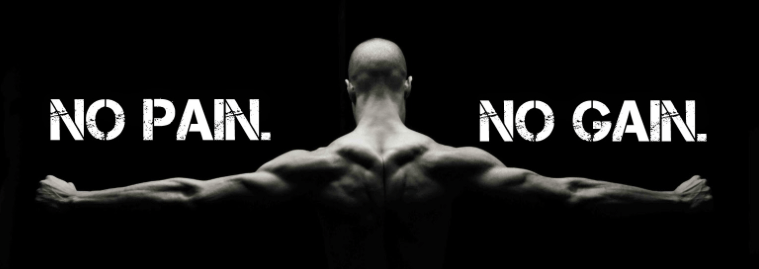
No Pain No Gain: Does Muscle Pain Mean Your Workout Was Effective?
Share
The famous motto "No pain, no gain" has become a mantra in the fitness world, but does it really reflect the truth? Is experiencing muscle soreness after a workout a guaranteed sign of effectiveness? Let's explore this topic.

What is delayed onset muscle soreness (DOMS)?
After an intense workout, especially when we perform new exercises or increase the load, it's common to experience muscle soreness for the next 24 to 72 hours. This phenomenon is called DOMS (Delayed Onset Muscle Soreness). It's caused by micro-tears in muscle fibers and the inflammatory repair process.
Is pain always a sign of progress?
Not always. While some degree of discomfort may indicate that we've challenged our muscles, real progress depends on consistency, progressive overload, and adequate recovery , not just pain.
Training until you feel intense pain every day can actually increase your risk of:
- Overload and excessive fatigue;
- Injuries;
- Lack of motivation due to exhaustion.
On the other hand, it is possible to have an effective and adapted workout without feeling severe pain, especially as the body adapts to the stimuli.
How to assess whether the training was effective?
✅ Improved performance (more repetitions, more load, more resistance);
✅ Good technical execution (quality over quantity);
✅ Feeling of controlled challenge , not extreme exhaustion;
✅ Adequate recovery , allowing you to maintain consistency throughout the week.
When is muscle pain a warning sign?
Although DOMS is normal, be aware of pain that:
- They appear during training (not after);
- They are very localized, sharp and intense;
- They are accompanied by swelling, bruising or extreme limitation of movement.
In these cases, it may be a sign of injury — not progress.
Conclusion
The motto "No pain, no gain" should be interpreted with caution. Challenge, yes; extreme pain, no. Effective training is one that challenges you, respects your technique, and allows for sustainable progress over time.
👉 Keep following the blog www.treinoemcasa.com for more tips on smart training, injury prevention and effective recovery.


